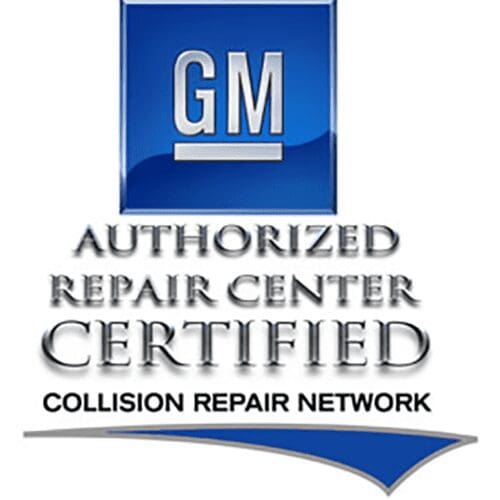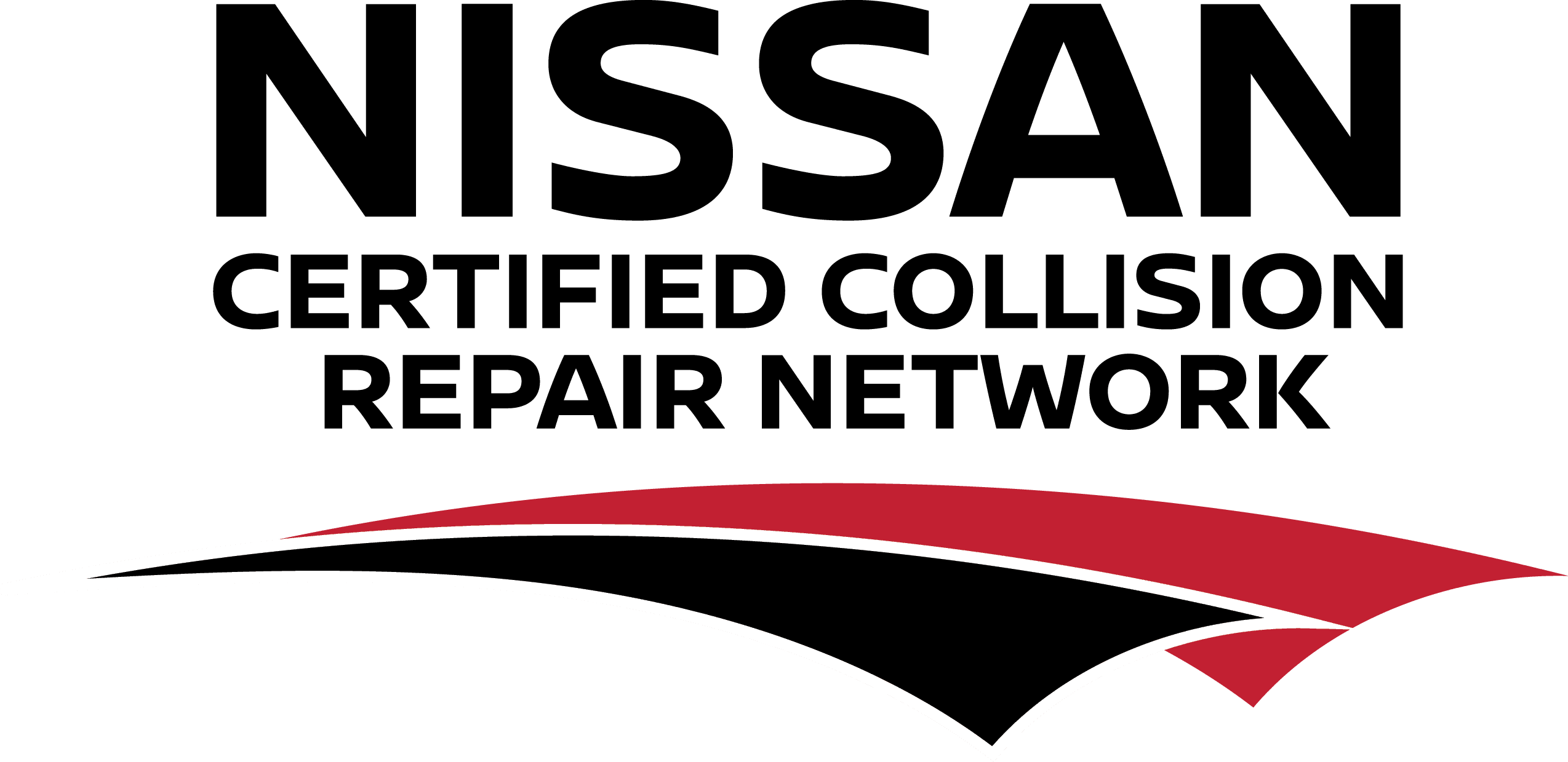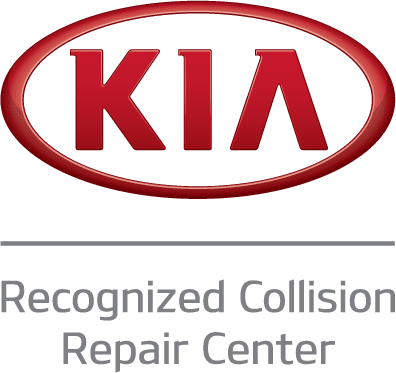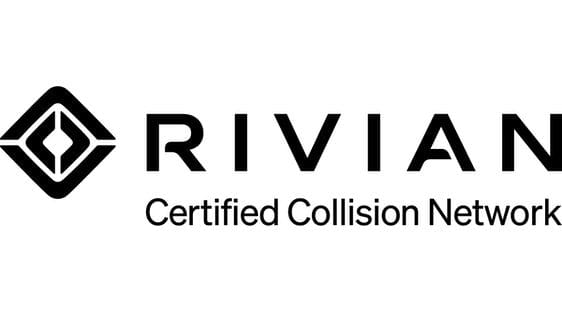Hailstorms can wreak havoc on your car, causing dents, cracked windows, and other significant damages. Acting quickly and efficiently after such an event can help minimize costs and ensure your vehicle is promptly restored. Here’s a step-by-step guide on what to do immediately after hail damage.
1. Ensure Your Safety
- Check Your Surroundings: Make sure you and any passengers are safe. If the storm is still active, stay inside the vehicle or seek shelter until it passes.
- Assess Personal Injuries: Check for any injuries and seek medical attention if needed.
2. Document the Damage
- Take Photographs: Use your smartphone to take clear pictures of the damage from multiple angles. This will be crucial for insurance claims.
- Make Notes: Jot down the date, time, and location of the hailstorm, along with any other relevant details.
3. Protect Your Vehicle from Further Damage
- Cover Broken Windows: Use plastic sheeting or a tarp to cover any broken windows to prevent water from entering the vehicle.
- Move to a Safe Location: If possible, drive to a secure area to avoid additional damage from subsequent hail.
4. Contact Your Insurance Company
- Report the Damage: Notify your insurance provider as soon as possible to start the claims process.
- Provide Documentation: Send the photos and notes you took to your insurance company to support your claim.
5. Get a Damage Estimate
- Visit a Repair Shop: Take your car to a trusted auto repair shop for a detailed damage estimate.
- Request Multiple Quotes: Obtain estimates from a few different repair shops to ensure you get a fair price.
6. Understand Your Insurance Coverage
- Review Your Policy: Check your insurance policy to understand what is covered and what your deductible will be.
- Discuss with Your Agent: Talk to your insurance agent about the specifics of your coverage and any potential impact on your premiums.
7. Schedule Repairs
- Choose a Repair Shop: Select a repair shop based on the estimates and your trust in their work.
- Book an Appointment: Schedule a time for your vehicle to be repaired and confirm the details with the repair shop.
8. Keep All Receipts and Documentation
- Save Receipts: Keep receipts for all repair work and any temporary measures you took to protect your car.
- Document Communication: Record all interactions with your insurance company and the repair shop.
9. Consider Paintless Dent Repair (PDR)
- Learn About PDR: This method can be a cost-effective and less invasive way to fix dents caused by hail.
- Ask Your Repair Shop: Check if the repair shop offers PDR and if it’s a suitable option for your vehicle’s damage.
10. Check for Additional Damage
- Inspect Thoroughly: Once repairs are done, inspect your car for any overlooked damage.
- Test Drive: Take your car for a test drive to ensure it functions properly and all damages are repaired.
11. Prevent Future Hail Damage
- Invest in a Car Cover: Purchase a heavy-duty car cover designed to protect against hail.
- Use Covered Parking: Whenever possible, park your car in a garage or under a carport during stormy weather.
12. Stay Informed About Weather Alerts
- Monitor Weather Apps: Use weather apps to stay updated on potential hailstorms.
- Sign Up for Alerts: Register for weather alerts to get timely warnings about hail and other severe weather conditions.
13. Explore Comprehensive Insurance
- Evaluate Coverage Options: If your current policy doesn’t cover hail damage, consider upgrading to comprehensive coverage.
- Consult Your Insurance Agent: Discuss different insurance options to find the best coverage for your needs.
14. Understand the Repair Process
- Ask Questions: Don’t hesitate to ask the repair shop about the process and expected timeframe.
- Stay Updated: Keep in touch with the repair shop for updates on the progress of your vehicle repairs.
15. Review Post-Repair Work
- Final Inspection: Carefully inspect your vehicle after the repairs to ensure everything is in order.
- Verify Insurance Claim: Confirm that your insurance claim has been processed and all costs have been covered according to your policy.
Dealing with hail damage can be stressful, but following this comprehensive checklist can help you navigate the process efficiently. By taking immediate action, documenting the damage, and working closely with your insurance company and repair shops, you can get your car back to its pre-damage condition with minimal hassle.
If your car has been damaged by Iowa’s weather, contact us today!















